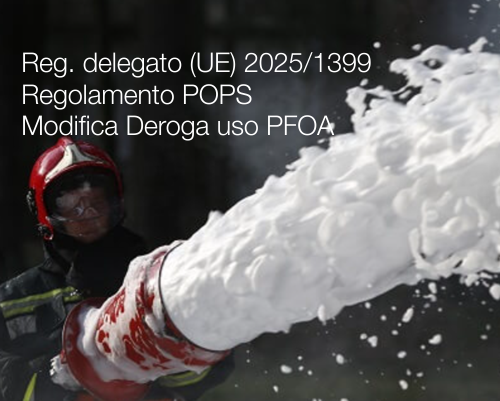In 1996, a serious incident focused the attention of the gas industry on the fact that a cryogenic storage tank can be pressurized greater than its bursting pressure during filling.
If a high pressure or high flow pump is used to fill a low pressure tank and if the safety measures are not appropriate or do not work, then an unsafe situation can arise.
This was the first significant incident of this type in an industry that has operated safely and reliably with an estimated several million filling operations carried out per year. However, due to recent technical developments in pumping equipment (increasing delivery pressures and flow rates), the safety margin the tanks have against failure can be reduced unless the protective measures against such an event occurring have not been upgraded simultaneously.
This publication is intended to address the issue of receiving vessels greater than 1000 L water capacity for liquid argon, nitrogen, oxygen, natural gas, helium, hydrogen, or ethylene. It should also be used for receiving vessels under 1000 L that are not designed for transport when full. This publication can also be used as guidance for other products and other transfer systems. It does not consider the hazardous nature of any product release, only the prevention of a failure of the tank due to pressure.
This publication is intended to provide guidance to the filler/owner of either transportable or static cryogenic tanks, detailing the systems and procedures that can be used to prevent them being over pressurized during filling (i.e., causing a catastrophic failure by excessive pressure). Vessels for which the upper pressure limit cannot be exceeded by the maximum allowable pump feed pressure do not require any additional protection.
The primary means of controlling vessel pressure during an operator attended fill is by a trained and qualified operator, making it a manually controlled process. Therefore, the case for the over pressurization scenario during operator attended filling is outside the design code for sizing of pressure relief devices.
It is an essential management task to systematically control any changes to product transfer systems to ensure that the integrity of the tanks being filled is not jeopardized.
The publication is part of the programme to develop Globally Harmonised publications amongst Regional Gas Associations.
EIGA 2015



































